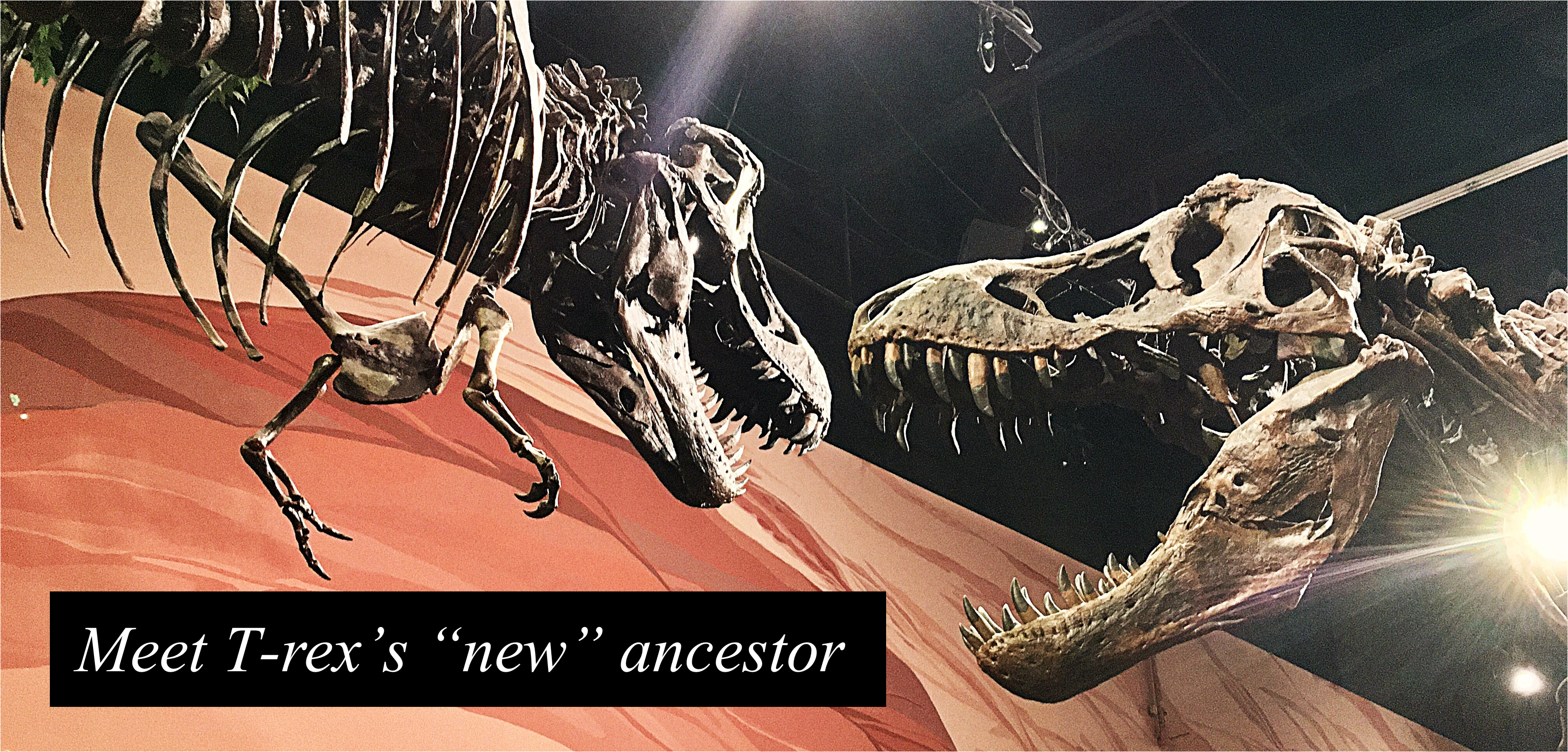The discovery of Khankhuuluu is especially important as it shines light on an under-explored time and place in Earth’s history which may help to illuminate our understanding of just how the “tyrant lizards” became kings.
New discoveries in paleontology come out nearly every day, but few garner as much attention and hype as a new tyrannosaur. And a new tyrannosaur is what 2025 has given us!
Meet Khankhuuluu, a newly named species of medium-sized tyrannosaur from Mongolia. It was first discovered in 1972 and is known from three partial specimens reposited in the Mongolian Academy of Sciences. However, until 2025 these have been catalogued as Alectrosaurus, a close relative. But on June 11th, 2025, a paper was published by Jared T. Voris and colleagues which described and reclassified the remains as a new species Khankhuuluu mongoliensis, meaning “Dragon Prince of Mongolia”.

Khankhuuluu is a member of the clade Tyrannosauroidea, but it isn’t a part of the family Tyrannoauridae which includes T-rex and the other large *classic* tyrannosaurs. So Khankhuuluu attends the same extended family reunion as T-rex, but isn’t part of T-rex’s immediate family. It was similar to and a close relative of Alectrosaurus which lived around the same time (96 million years ago) in China. It was also likely a close relative of the earliest eutyrannosaurs, i.e. tyrannosaurids and their closest (mostly North American) relatives. The ancestor of the eutyrannosaurs is thought to have migrated from Asia to North America, possibly around the same time as Khankhuuluu, making Khankhuuluu a valuable source for better understanding the rise of the lineage that eventually led to T-rex.
At about 2 meters (6.6 ft) tall, roughly 4 meters (13.2 ft) long, and weighing in around 750 kg (1,650 lb), Khankhuuluu was a medium sized theropod, still a far cry from the sizes attained by the later tyrannosaurids. The time in which Khankhuuluu lived was a transitional time for tyrannosaurs and for many animals around the world. Early Cretaceous ecosystems were beginning to be replaced by Late Cretaceous ones. Many groups on the land and at sea were going extinct and new ones were on the rise. Importantly, the allosaurs, which had been the dominant carnivores across most landmasses since the Late Jurassic, were on their way out and would be extinct by around 90 million years ago. This extinction resulted in the up-and-coming tyrannosaurs taking their place in the Northern Hemisphere, going from medium-sized predators like Khankhuuluu to giants like Albertosaurus, Daspletosaurus, and T-rex. Khankhuuluu itself had a mix of basal (“primitive”) and derived (“advanced”) reflecting its position near that evolutionary transition from earlier tyrannosauroids and later and larger eutyrannosaurs.
What Khankhuuluu lacked in size and power, it probably made up for in speed. It had disproportionately long legs which would have made it a very fast runner. This would have helped it to hunt prey that was too quick for larger and bulkier predators – as well as to escape if said predators decided to view it as food, though no especially large predators are known from its environment at this time.
Khankhuuluu did share its environment, which was a semi-arid floodplain dotted with large lakes and criss-crossed by streams, with the large dromaeosaur Achillobator. This “raptor” was similar in size to Khankhuuluu and may have been a competitor.
The discovery of Khankhuuluu is especially important as it shines light on an under-explored time and place in Earth’s history, one of great evolutionary upheaval which would lead to some of the most iconic dinosaurs of all time. Hopefully additional research on Khankhuuluu and other new discoveries from the early Late Cretaceous will illuminate our understanding of just how the “tyrant lizards” became kings.
You can find the 2025 Khankhuuluu description paper by Voris et al. here:
Voris, J.T., Zelenitsky, D.K., Kobayashi, Y. et al. A new Mongolian tyrannosauroid and the evolution of Eutyrannosauria. Nature 642, 973–979 (2025). https://doi.org/10.1038/s41586-025-08964-6
